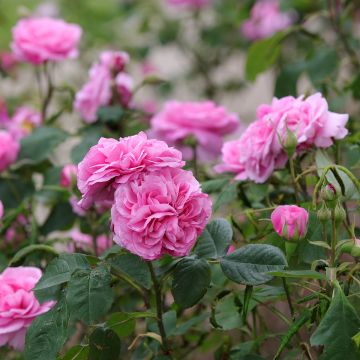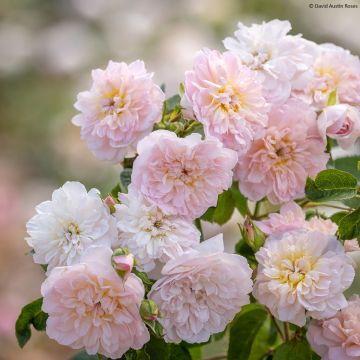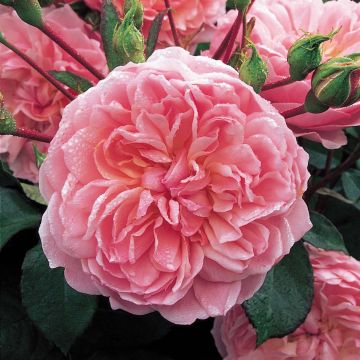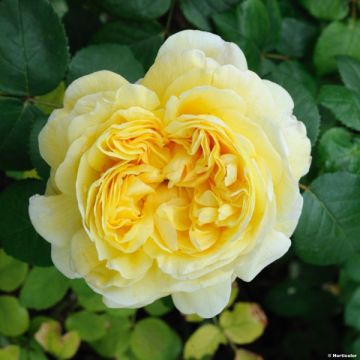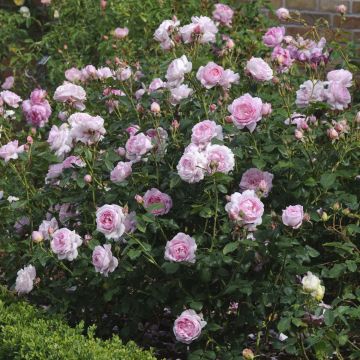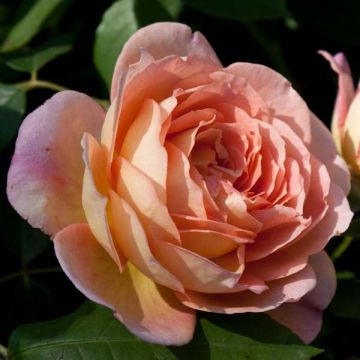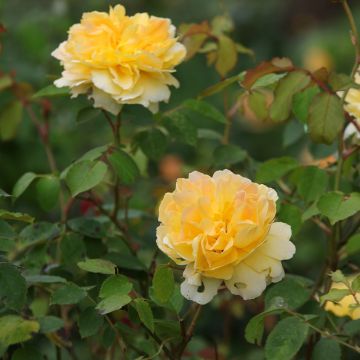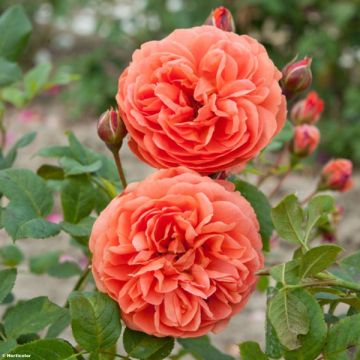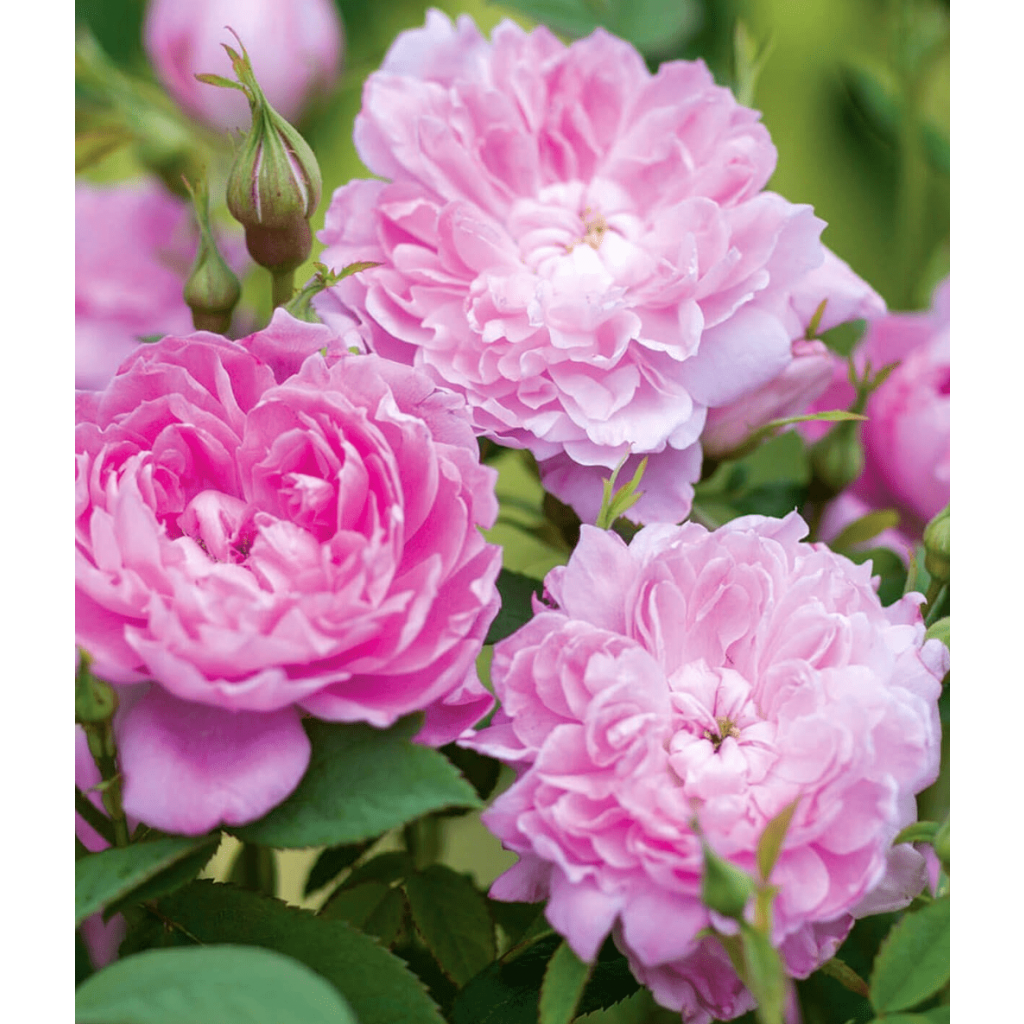

Rosa x pimpinellifolia 'Sir Walter Scott' - English Rose
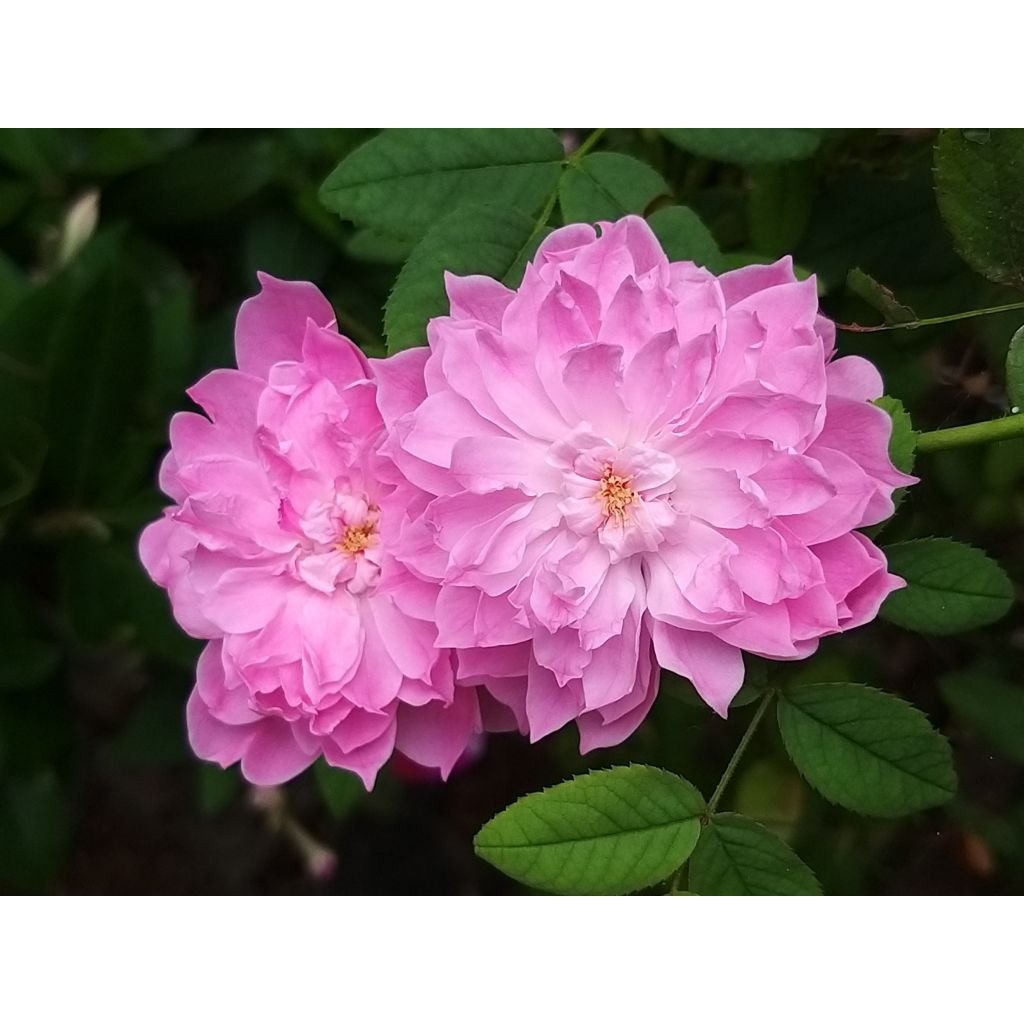

Rosa x pimpinellifolia 'Sir Walter Scott' - English Rose

Rosa x pimpinellifolia 'Sir Walter Scott' - English Rose
Rosa x pimpinellifolia 'Sir Walter Scott' - English Rose
Rosa x pimpinellifolia Sir Walter Scott® Ausfalcon
Scots Rose, Burnet Rose, Ausfalcon
Why not try an alternative variety in stock?
View all →This plant carries a 24 months recovery warranty
More information
We guarantee the quality of our plants for a full growing cycle, and will replace at our expense any plant that fails to recover under normal climatic and planting conditions.
From €5.90 for pickup delivery and €6.90 for home delivery
Express home delivery from €8.90.
From €5.90 for pickup delivery and €6.90 for home delivery
Express home delivery from €8.90.
Delivery to Corse prohibited: UE law prohibits the import of this plant from mainland France to Corse as part of the fight against Xylella fastidiosa. Please accept our sincere apologies.
More information
Does this plant fit my garden?
Set up your Plantfit profile →
Description
The 'Sir Walter Scott Rose' is a brand new English rose following in the footsteps of Stanwell Perpetual, cultivating the duality of its origins with undeniable talent. It has inherited from its first parent an extreme resistance to diseases and remarkable undemanding nature, and from the second, an old-fashioned rose, a well-perpetual flowering, in bouquets of small rosettes in the old style, semi-double and nicely scented. Their slightly tousled shape is accompanied by a rose colour of intense freshness, fading to a soft pink over time. This dense and bushy rose, dressed in delicate and graceful foliage, will be remarkable in a defensive hedge to which it will bring a lot of charm. Tolerating difficult situations quite well, its only requirement is to be planted in a well-draining, even poor, soil.
This modest-sized rose forms a dense and bushy bush, 1m (3ft) high by 75cm (30in) wide. Its growth is moderately fast but vigorous, as is often the case for roses in the Pimpinellifolia (spinosissima) group, and its very thorny stems are covered with finely cut, deep green foliage with toothed edges, completely immune to diseases. On this well-perpetual bush from June until autumn, bright pink buds are accompanied by small semi-double to double flowers shaped like 5-6cm (2in) rosettes with numerous pointed petals arranged around a small central eye and grouped in small clusters at the end of young branches. They are a pure and very fresh pink, more intense at the beginning of flowering, with the centre of the flower fading as the hours go by. They emit a strong fragrance of old roses.
If the passion for botanical roses and their direct hybrids is not widespread, it is fully justified, especially in poor soils or under difficult climates: these roses are not only the parents of our modern roses but also generally more robust and reliable. The Sir Walter Scott rose, a superb descendant of Rosa pimpinellifolia, is a rugged and romantic bush, truly undemanding, a unique rose that will be particularly appreciated by unlucky gardeners who constantly struggle with poor, sandy or stony soil. It will be useful in a bocage or defensive hedge, as it forms a thorny mass that is difficult to cross. Its location should be carefully chosen, at the front of a bed, to enjoy the fragrance of its roses. It looks beautiful in front of a mass of tall asters (Aster laevis, Aster turbinellus, Kalimeris mongolica, Solidaster), pastel daylilies, or accompanied by stalks loaded with white or pink lilies. Depending on the nature of the soil (more or less limestone or acidic), it can also be accompanied by arborescent heathers, Darley heathers, or heathers. Finally, it is a very hardy, low-maintenance shrub; once established, it is resistant to drought.
Report an error about the product description
Plant habit
Flowering
Foliage
Botanical data
Rosa
x pimpinellifolia
Sir Walter Scott® Ausfalcon
Rosaceae
Scots Rose, Burnet Rose, Ausfalcon
Cultivar or hybrid
Rosa canina Laxa (Wrapped bare root, 4L/5L pot)
Other David Austin Roses
Planting and care
The Sir Walter Scott rose, like all spinosissima hybrids, is not very demanding on the nature of the soil as long as it is properly drained. It tolerates well limestone and poor soils, but dislikes suffocating soils. It thrives in sufficiently sunny regions and is not afraid of diseases, cold, or drought once well established. This rose adapts to all gardens as long as the planting is well cared for! Plant it in well-worked and properly drained ordinary soil and in a sunny or semi-shaded exposure that it tolerates very well in a warm climate. Very hardy, this rose can withstand temperatures as low as -25°C (-13°F). It may be useful to remove dead wood in winter. To keep spinosissima roses healthy and prevent them from dying early, it's best to prune them severely every 4 or 5 years in the spring, after the risk of frost has passed. This involves cutting the plant back at the base to encourage new growth.
Roses often have stains or may look unsightly towards the end of summer. However, this is not a problem for their development. These stains are natural and do not harm the rose.
Planting period
Intended location
Care
This item has not been reviewed yet - be the first to leave a review about it.
Fragrant Roses
Haven't found what you were looking for?
Hardiness is the lowest winter temperature a plant can endure without suffering serious damage or even dying. However, hardiness is affected by location (a sheltered area, such as a patio), protection (winter cover) and soil type (hardiness is improved by well-drained soil).

Photo Sharing Terms & Conditions
In order to encourage gardeners to interact and share their experiences, Promesse de fleurs offers various media enabling content to be uploaded onto its Site - in particular via the ‘Photo sharing’ module.
The User agrees to refrain from:
- Posting any content that is illegal, prejudicial, insulting, racist, inciteful to hatred, revisionist, contrary to public decency, that infringes on privacy or on the privacy rights of third parties, in particular the publicity rights of persons and goods, intellectual property rights, or the right to privacy.
- Submitting content on behalf of a third party;
- Impersonate the identity of a third party and/or publish any personal information about a third party;
In general, the User undertakes to refrain from any unethical behaviour.
All Content (in particular text, comments, files, images, photos, videos, creative works, etc.), which may be subject to property or intellectual property rights, image or other private rights, shall remain the property of the User, subject to the limited rights granted by the terms of the licence granted by Promesse de fleurs as stated below. Users are at liberty to publish or not to publish such Content on the Site, notably via the ‘Photo Sharing’ facility, and accept that this Content shall be made public and freely accessible, notably on the Internet.
Users further acknowledge, undertake to have ,and guarantee that they hold all necessary rights and permissions to publish such material on the Site, in particular with regard to the legislation in force pertaining to any privacy, property, intellectual property, image, or contractual rights, or rights of any other nature. By publishing such Content on the Site, Users acknowledge accepting full liability as publishers of the Content within the meaning of the law, and grant Promesse de fleurs, free of charge, an inclusive, worldwide licence for the said Content for the entire duration of its publication, including all reproduction, representation, up/downloading, displaying, performing, transmission, and storage rights.
Users also grant permission for their name to be linked to the Content and accept that this link may not always be made available.
By engaging in posting material, Users consent to their Content becoming automatically accessible on the Internet, in particular on other sites and/or blogs and/or web pages of the Promesse de fleurs site, including in particular social pages and the Promesse de fleurs catalogue.
Users may secure the removal of entrusted content free of charge by issuing a simple request via our contact form.
The flowering period indicated on our website applies to countries and regions located in USDA zone 8 (France, the United Kingdom, Ireland, the Netherlands, etc.)
It will vary according to where you live:
- In zones 9 to 10 (Italy, Spain, Greece, etc.), flowering will occur about 2 to 4 weeks earlier.
- In zones 6 to 7 (Germany, Poland, Slovenia, and lower mountainous regions), flowering will be delayed by 2 to 3 weeks.
- In zone 5 (Central Europe, Scandinavia), blooming will be delayed by 3 to 5 weeks.
In temperate climates, pruning of spring-flowering shrubs (forsythia, spireas, etc.) should be done just after flowering.
Pruning of summer-flowering shrubs (Indian Lilac, Perovskia, etc.) can be done in winter or spring.
In cold regions as well as with frost-sensitive plants, avoid pruning too early when severe frosts may still occur.
The planting period indicated on our website applies to countries and regions located in USDA zone 8 (France, United Kingdom, Ireland, Netherlands).
It will vary according to where you live:
- In Mediterranean zones (Marseille, Madrid, Milan, etc.), autumn and winter are the best planting periods.
- In continental zones (Strasbourg, Munich, Vienna, etc.), delay planting by 2 to 3 weeks in spring and bring it forward by 2 to 4 weeks in autumn.
- In mountainous regions (the Alps, Pyrenees, Carpathians, etc.), it is best to plant in late spring (May-June) or late summer (August-September).
The harvesting period indicated on our website applies to countries and regions in USDA zone 8 (France, England, Ireland, the Netherlands).
In colder areas (Scandinavia, Poland, Austria...) fruit and vegetable harvests are likely to be delayed by 3-4 weeks.
In warmer areas (Italy, Spain, Greece, etc.), harvesting will probably take place earlier, depending on weather conditions.
The sowing periods indicated on our website apply to countries and regions within USDA Zone 8 (France, UK, Ireland, Netherlands).
In colder areas (Scandinavia, Poland, Austria...), delay any outdoor sowing by 3-4 weeks, or sow under glass.
In warmer climes (Italy, Spain, Greece, etc.), bring outdoor sowing forward by a few weeks.

































